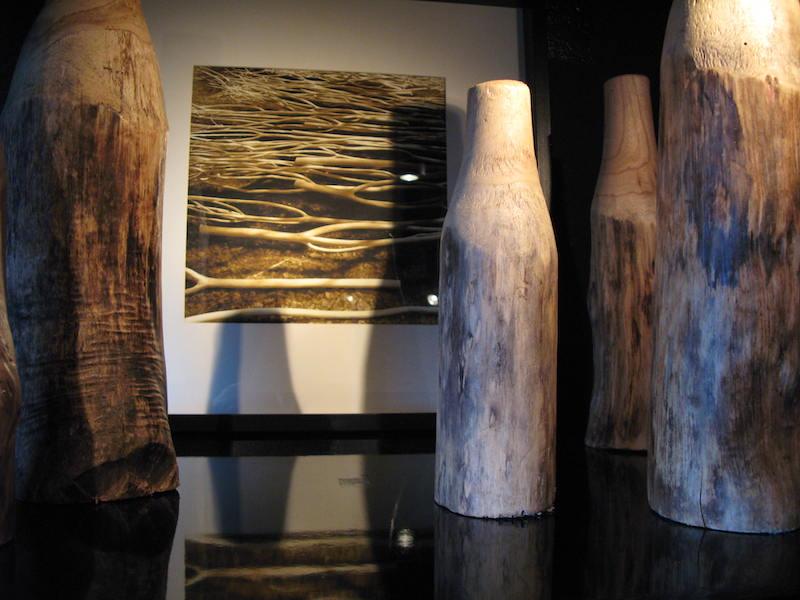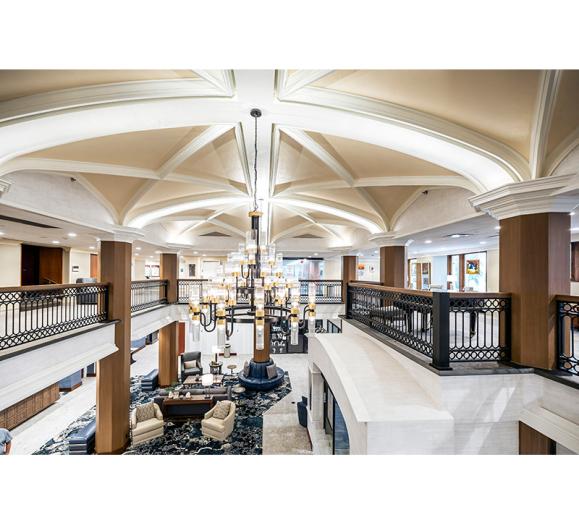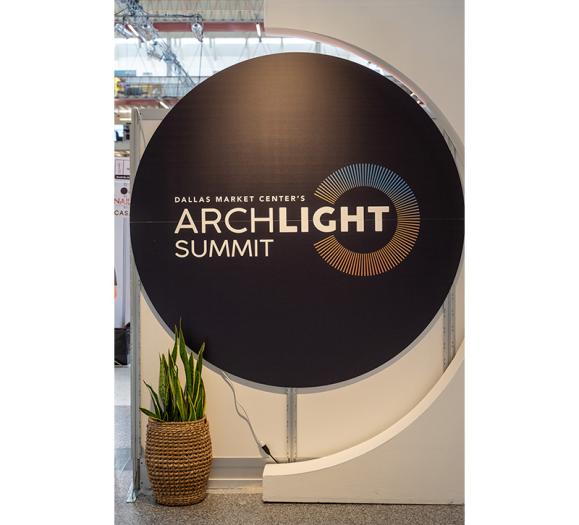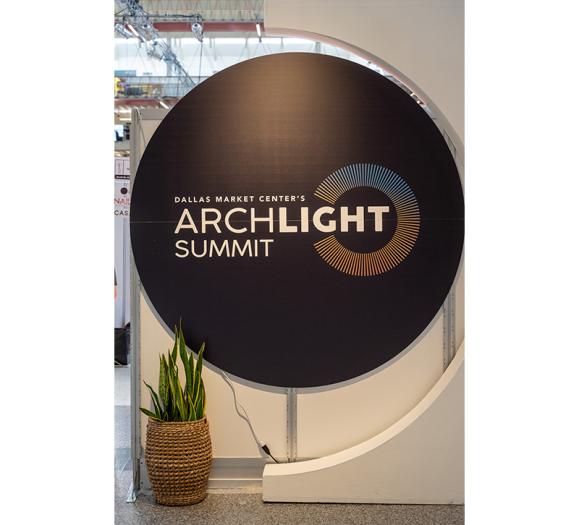Here we are, stuck in our homes. Staring at the same walls, the same art and the same furniture. I think many of us used the first two or three weeks to really give our homes an organizational makeover. We cleaned out our closets, made some order in our drawers and read all the expiration dates of the canned goods in our pantry. After the third week though, a sense of lethargy crept in. We lost our motivation and started to binge watch all the television series we had missed in the mid-2000s. Why clean out the garage today and we still had weeks ahead of us, sheltering in place?
Procrastination gave way to boredom. Being a couch potato is not a sustainable full-time occupation. My solution was to start moving things around. It began by just exchanging one piece of wall art for another. Then I would take the painting that I had replaced and see if it looked better in another location. This kept happening until basically all the art was hanging on a different wall. It was actually kind of exciting, in a domino-effect kind of way. The art felt fresher. Before, it had started to disappear into the texture of a room. Tt had no visual impact anymore. Now the art was alive again.
That’s when I started flipping the location of the sofa to the other side of the room. Before I knew it, the living room was in the media room and dining room was in the guest room. Once that was done, I started re-accessorizing. All the tabletop and shelf lining art objects were spirited away to a staging area, formally referred to as the backyard. Each piece was brought in one at a time and placed, but never in its original location. It was like putting a three-dimensional jigsaw puzzle together. It was super enjoyable. And, just like when you put together a piece of Ikea furniture, there were pieces left over. All that stuff went into boxes and a decision was made then and there. In six months, if I didn’t miss any of those items then they will be given away. Somebody else can love them… and dust them.
Once that was all done, the next thing to do was to rework the lighting. This is where a series of recessed adjustable fixtures, track lighting or a rail lighting system comes in very handy for accent light. These can add some real drama to your space. This is not the only type of illumination you want to add, but it is the layer which adds a real visual pop to a room. If this type of lighting already exists to your home, then you can redirect the lighting and change out the beam spreads to complement the newly relocated objets d’art. See? I am also learning French.
If you have existing recessed fixtures which are fixed down lights, you can often retrim them to turn them into aimable versions. If they are already adjustable, then this would be a really good time to change them out to LED’s. If you’re going to put in new lighting, you can consider using housings that offer Warm-Dim technology, where the light gets warmer as you dim it. Just like incandescent.
Most of the incandescent light bulbs now, come in LED versions. If you tried out LED’s when they first appeared on the market, you were disappointed by the quality of the color of, the limited light output and its inability be dimmed. What is available now is worlds better. There are a wide variety of color temperatures which produce illumination that is the quality of incandescent light, halogen light and candlelight. The color rendering index (CRI) is much closer to that of incandescent light now, so there is a richness in the hues they produce.
Just remember, if somebody says that you’re being too dramatic, just tell them, “Light is a banquet and most poor suckers are starving to death."
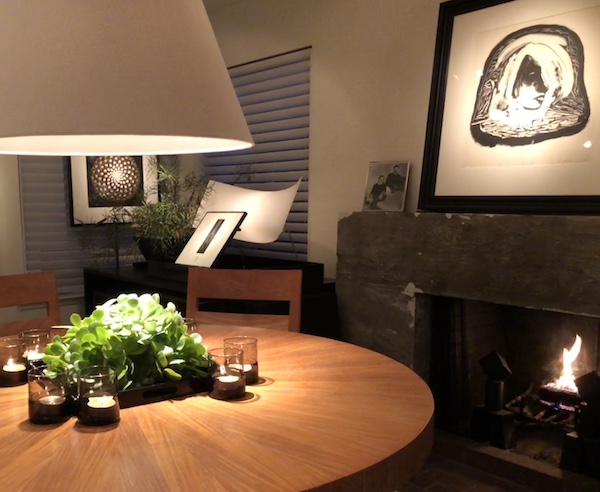
Accent lighting helps move your eye around a space. In this dining room (shown above) A soft pool light washes over the centerpiece on the table. A pendant fixture with an opaque oversized shade produces the illumination. A series of track heads add focus for the etching over of fireplace, along with the two photographs located in the left-hand corner of the room.
In this corner of a living room (shown above) adjustable fixtures, which are retrofitted with LED MR16 bulbs highlight the carved wood panel, along with the photograph behind it. An LED candle produces a flickering flame without the fear of fire. A plant, up-lit in the corner, projects an alluring shadow pattern on the wall.
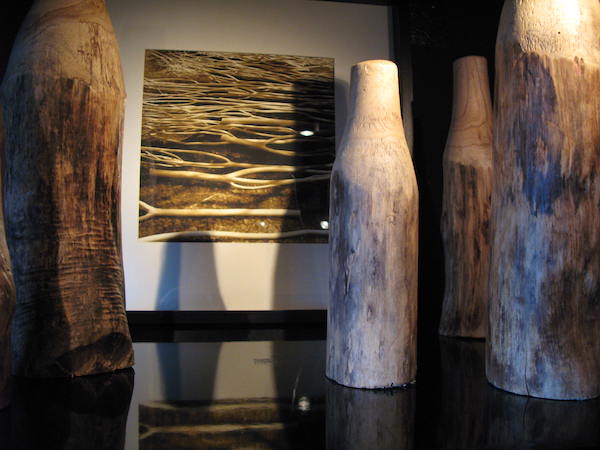
A 2700 K LED MR16 bulb illuminates the photograph on the wall, along with the wooden vessel off to the left. Another fixture, with 3000 K bulb adds a slightly cooler color to the vessels on the right.
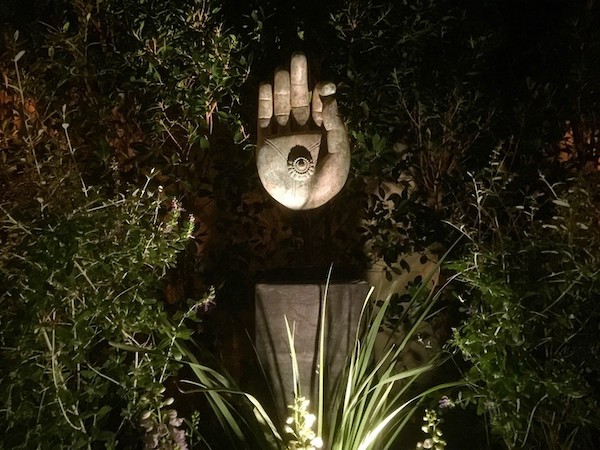
Accent lighting, used outdoors, can be amazingly effective. The ground mounted up-light brings attention to this bronze Buddha hand.



